Secure and resilient mission-critical networks must guarantee connectivity for everyone, anywhere and anytime. Public safety networks support real-time situational awareness and intelligence-driven solutions, not just in the wake of an emergency but also to provide day to day support to the emergency services. These networks gather mission-critical intelligence on the current situation to improve response management.
The demand for bandwidth is growing with access to data, video streams and social media now an integral part of critical comms services.ATDI has played an integral part key public safety network rollouts, supplying HTZ Communications and consultancy support services.
These cases show how public safety networks are evolving and the impact these changes have to those on the ground.
Organisation: Safe-Net
Location: South Korea
The South Korean public-safety network Safe-Net, is a nationwide PS-LTE network. The network was rolled out over three-phases across three districts; two being awarded to the national mobile operator, Korea Telecom (KT) with the remaining district to SK Telecom (SK). This mission-critical network was awarded spectrum in the 700MHz Band 28 which is shared with all three services users: LTE-R for railways, PS-LTE for public safety and LTE-M for maritime services.
The network allows the three stakeholders to share the RAN to reduce interference and to make costs savings. All three service users have access the same command centres located across the country. The network wasn’t designed based on subscriber growth predictions like a traditional mobile network. Instead it focussed on economies of scale and channel capacity for core services across geographical areas. This allowed more users to access limited base station resources at any given time.
The Safe-Net network is expected to be activated with expanded coverage from 2022 with network enhancements and migration by 2025. These developments will support the IOT platform, drones, wearable devices for the first stage and 5G, AI, m-Workspace and robotics by 2025.
KT use multiple licenses of HTZ Communications for the design and network rollout. HTZ provides unprecedented signal prediction accuracy, the latest deterministic propagation engine, integrates 3D digital maps and supports maritime and airborne receivers.
Customer: BOS
Location: Germany
Germany’s public safety digital radio (BOS) network is the largest TETRA network in the world and when completed in 2017 included over 4,500 base stations and covered 99% of the country. Due to the lack of available broadband spectrum for PPDR use, a hybrid solution is was identified as the best way forward to enable both TETRA (voice communications) and LTE (data services) to be used across the same network.
Since completion, the main contractor Airbus has upgraded the core network backbone from circuit-switched to packet-switched technology, to create an IP-based backbone infrastructure.
Upgrades to the existing TETRA network will continue till 2030 and the addition of a second broadband solution, either as a standalone network, a mobile virtual network operator (MVNO) solution or as a hybrid network, will be created to improve network capacity.
Airbus operates multiple licenses of HTZ Warfare which are used for network planning, maintenance and optimisation. HTZ easily manages multiple-technologies across the network while supporting ongoing network improvements.
Customer: ESN – Emergency Services network
Location: UK
In the UK, the Emergency Services Network (ESN) is under development to support emergency services and replaces the current Airwave network. The software behind ESN is being provided by Motorola Solutions with the infrastructure being built by EE, the UK’s largest mobile operator. This network is created by upgrading their existing network, including deploying more 4G base stations in rural areas to improve coverage.
To maximise coverage for the emergency services, the government is building additional sites in rural areas of Britain. These sites will form part of the Shared Rural Network which allows commercial network operators to share infrastructure to improve coverage. To date, the core elements of the technology have been delivered with a push-to-talk solution now working on ESN devices connected to the EE network.
In addition, the UK Home Office has developed an Air-to-Ground solution that interlaces with Airwave. To date, the Control Room integration has been successfully demonstrated and a ‘data only’ service is also operational, increasing access to the number of emergency services users. The programme plans to deliver additional coverage including for rural areas and London Underground and is scheduled to be fully operational by 2025.



